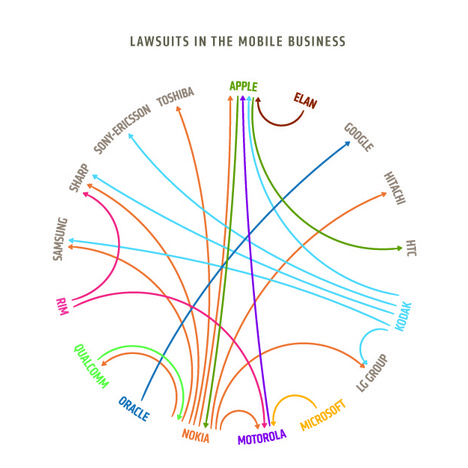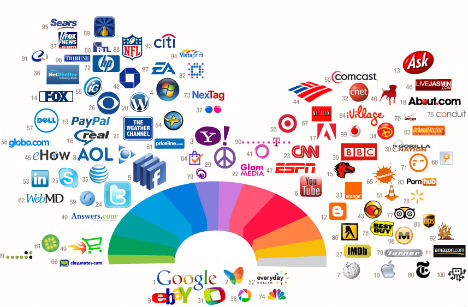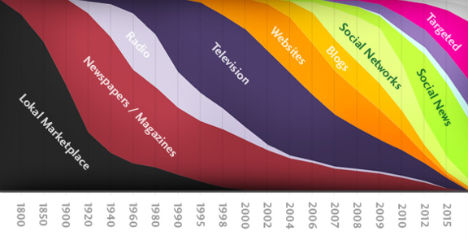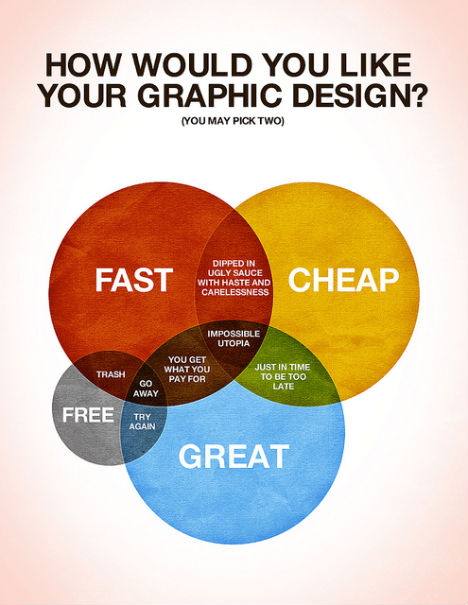I am continually trying to learn more about different new and established best practices and standards in various areas of IT management.
At the same time I started to learn about the best practices already AFTER I received a couple of academic degrees in IT management. So, my attitude to the "best" part here is quite skeptical.
On the one hand I always try to get from them what is really useful. But on the other hand I am always careful about trusting the proposed theories, and in any case do not try creating an idol from a practice (or body of knowledge), even if it is a practice of many or if the number of related certifications account to more than a million. In the end all the practices I have encountered so far are just collections and selections (by whom?) of (applications of) different theories and research results, sometimes spiced with interesting case studies. I have seen both better and worse theories, models or frameworks. And providing the situation allows, I would prefer to make a proper individual selection of tools and models for each concrete case.
The last framework or collection of practices I’ve learned more in-depth about (and of course, received a certification) was BiSL – Business Information Services Library.
BiSL is a public domain standard since 2005, governed by the ASL BiSL foundation. The framework describes a standard for processes within business information management at the strategy, management and operations level. BiSL was developed in the Netherlands by Getronics Consulting (formerly PinkRoccade) for the applications division BAS that was later bought by Capgemini in 2008.
BiSL is closely related to the ITIL and ASL frameworks, yet the main difference between these frameworks is that ITIL and ASL focus on the supply side of information (the purpose of an IT organisation), whereas BiSL focuses on the demand side (arising from the end-user organisation) (from wikipedia). The three frameworks are often shown as three domains covering different parts of IT demand and supply organizations:

Note: the text on the figure is in Dutch. “Vraag” and “Aanbod” mean “Demand” and “Supply” correspondingly. “Beheer” is a typical Dutch word which is sometimes translated as “management” (like in “IT-Management”), but more often means just “administration” (like in “system administration”).
Because BiSL was published earlier than ITILv3, in the description of BiSL the authors refer to the 2nd version of ITIL. And that is why ITIL is positioned as something entirely technical and belonging only to the Supply side.
The framework itself explains the business information management in several dimensions.

In its most basic representation the framework consists of seven elements which are grouped in three layers. The Governance, Management and Operations management layers position different elements of information management processes and structures in the organizational hierarchy. The four largest elements describe the most distinctive blocks:
- Daily Operation (lower left) – explains the daily provision of information in an organization and communication with people who need the information provided (of course, they call them “users”)
- Introduction of Changes (lower right) – explains the design of new schemes, methods, systems or applications for information provision
- Organization Information Provision – explains the organizational structure responsible for the information provision and includes its roles, responsibilities and external relations
- Future Information Provision – focuses on what kinds or types of information an organization needs or might need in the future
The “Management” layer outlines the four types of management responsibilities most important for proper business information management. And the rhomb with two triangles indicate the so called “Connecting processes”.
Further, there is a structural hierarchy in the model. Every basic element consists of some three to five sub-processes with corresponding descriptions and relations. And those in turn are broken down to even more operational activities.
A good point of the BiSL practice is that on the site of ASL-BiSL Foundation you can after a basic registration download for free a comprehensive management guide. The book is absolutely enough to understand the basics and details of the BiSL framework and information management practices proposed.
On the foundation page devoted to BiSL instead of immediately focusing on the framework they give only a very generic preface trying to refer to the topics like Business-IT Alignment or even Business Strategy. But also on the same page you can download a presentation with a bit more detailed introduction to BiSL which will not only give you an initial overview of the framework, but will also let you feel the “spirit” of BiSL.
As for the certification scheme I mentioned in the beginning, it is quite standard. There is only a foundation-level exam: 40 multiple-choice questions, 60 minutes, 26 correct answers or more to succeed. Typical for any foundation-level exams the questions cover only the understanding of the main concepts, even though sometimes quite an in-depth understanding. Unfortunately, the exam seems to be only available in Dutch.
As a short summary, here are a couple of pluses and minuses I’ve noticed in the BiSL best practice:
Pluses:
- BiSL is the only framework I have encountered so far which is specifically devoted to information management and which accentuates the value of information as a precious asset of any organization. In other more all-encompassing and generic frameworks the information asset is often silently implied but is not given an explicit attention, and thus can get lost while going from theory to the practical implementation.
- The BiSL principles and ideas fit with other frameworks and real-life examples I have encountered so far. Wonder if there are any success stories or vice versa failure stories – please let me know if you have any.
Minuses:
- From the framework itself, names and descriptions it is apparently visible that BiSL was created and written by people from IT, not from business. My fist impression was that the authors after the years of career in IT domains reached some professional maturity and finally made a "discovery" that IT is not an enclosed domain dancing tango on its own, that business exists, that IT in fact adds (or at least should add) value to the business activities, and that something has to be done about that
 .
. - After release of ITILv3 in 2007 with its focus exceeding only technical administration and covering the part of BiSL domain, BiSL became less popular and is not likely to become similar worldwide de-facto standard as ITIL. Thus the professional value of the certification is only relevant for particular situations: when the framework is already in use by your company/client or when a specific solution for information management is required.
- The complexity of the basic framework. In my resent master thesis I devoted the whole chapter to simplicity, complexity and human perception. Just look at the last OGC standards. ITIL in its 3rd version came down to only 5 domains (books) that form a logical life-cycle together. Prince2 in the last (2009) version is represented by 3 sets of 7 elements (all magical numbers). With years those standards have become more mature. The BiSL framework is still lacking that. The first look at the basic model of seemingly only 7 elements creates an impression of complexity because of all those different triangles, rhombs and rectangles piled together without any evident explanation. There is nothing wrong if many elements are needed to explain complex ideas. But the main goal of any model is to bring simplicity and structure, and the basic representation of any framework, in my opinion, must convey just that – the main idea made simple enough to be grasped by anybody.
But to end the BiSL story with something nice, I must say that I have really enjoyed reading a whitepaper by Mark Smalley, one of the active proponents of ASL and BiSL practices. The paper with the name “IT is from Flatland, Business is from Spaceland” explains in an entertaining manner the complex relations between people from business and from IT and leaves an impression of something more mature than the official description of BiSL framework. I’ve especially remembered an example with toilet paper used in the paper 
Have any questions or comments? - Don’t hesitate to let me know.


















